Give Support To This Project
Give support to this project
More Posts from Space-m17-blog and Others

“Saturn’s Largest Ring” by, Cosmic Funnies
http://cosmicfunnies.tumblr.com/post/126663811188/the-second-week-of-assorted-planets-month-this

http://angelwolf92.deviantart.com/
What’s Up for September?

Stargazing and looking up into the night sky is always a fun thing to do. This month, it will be especially exciting because there will be a total eclipse of a supermoon, plus the opportunity to see planets and the late-summer Milky Way!
What is a supermoon?

A supermoon is a new or full moon that occurs when it is at, or near its closest approach to Earth in a given orbit. There are usually 4 to 6 supermoons every year.
Observers can view the total eclipse on September 27, starting at 10:11 p.m. EDT until 11:23 p.m. This event will be visible in North and South America, as well as Europe and Africa. So make sure to mark your calendars!

This month, you will also be able to see the planets! Look for Mercury, Saturn, Pluto and Neptune in the evening sky. Uranus and Neptune at midnight, and Venus, Mars and Jupiter in the pre-dawn sky.

Finally, if you’re able to escape to a dark location, you might be able to see a great view of our Milky Way!
So, make sure to get outside this month and take a look at everything our night sky has to offer.

Make sure to follow us on Tumblr for your regular dose of space: http://nasa.tumblr.com

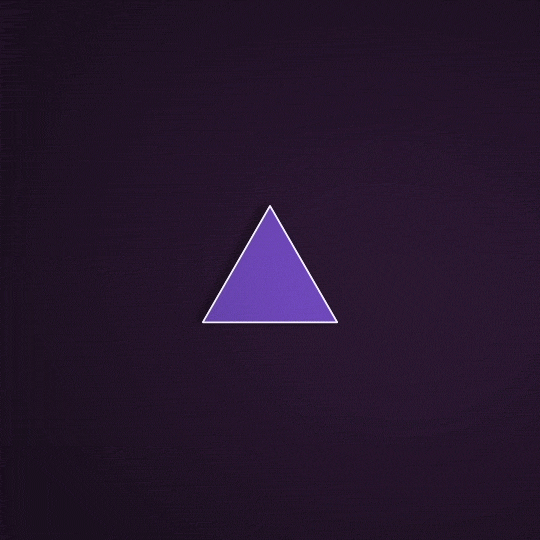




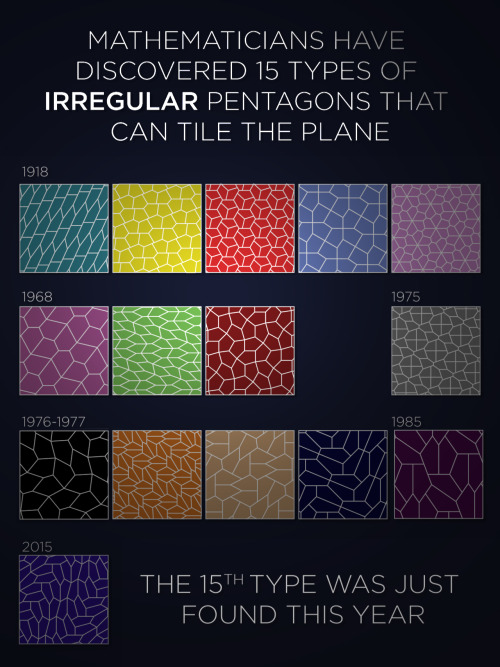

Big math news! It’s been thirty years since mathematicians last found a convex pentagon that could “tile the plane.” The latest discovery (by Jennifer McLoud-Mann, Casey Mann, and David Von Derau) was published earlier this month. Full story.
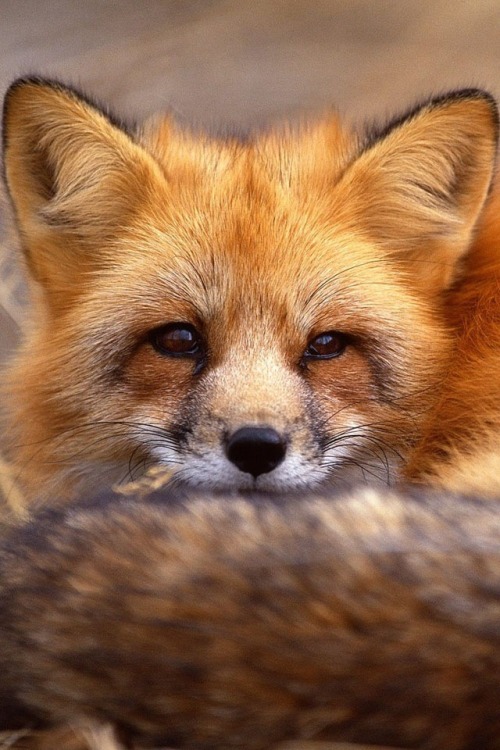
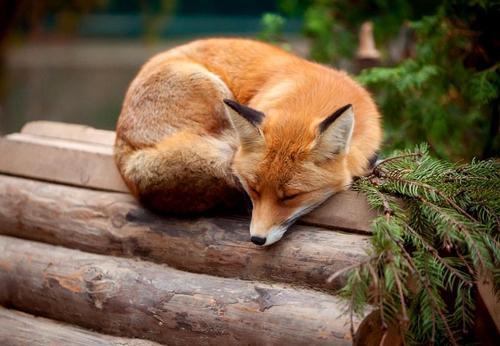
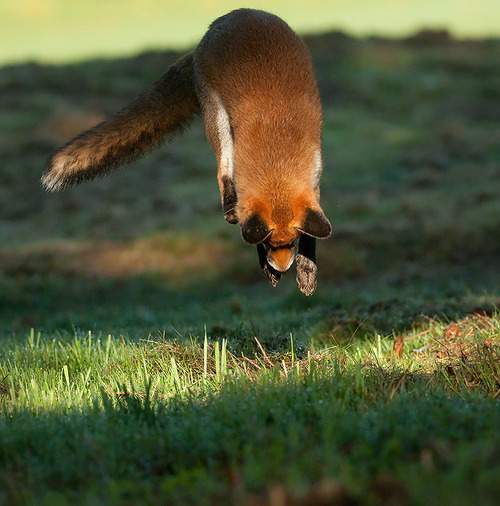
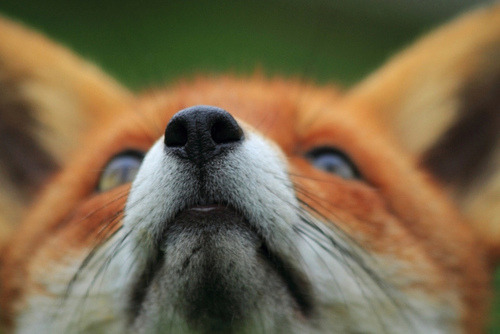
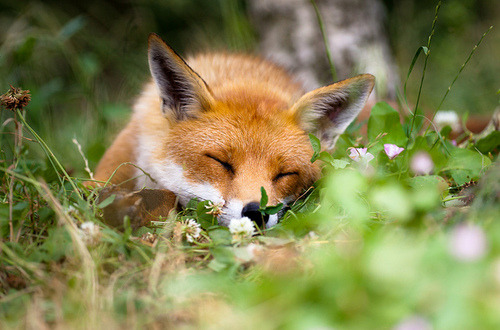
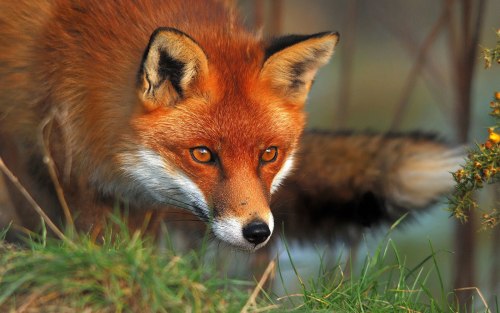
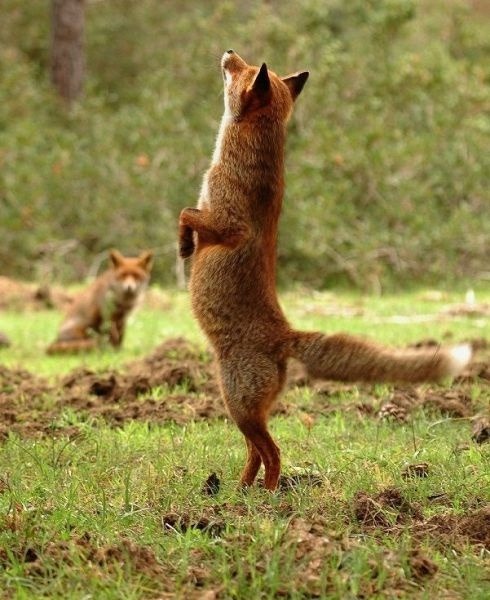
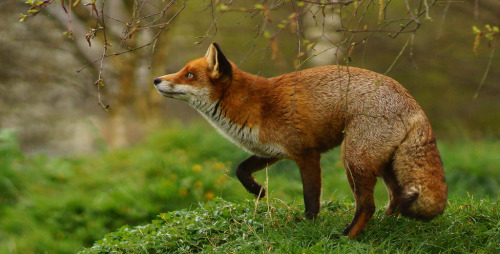
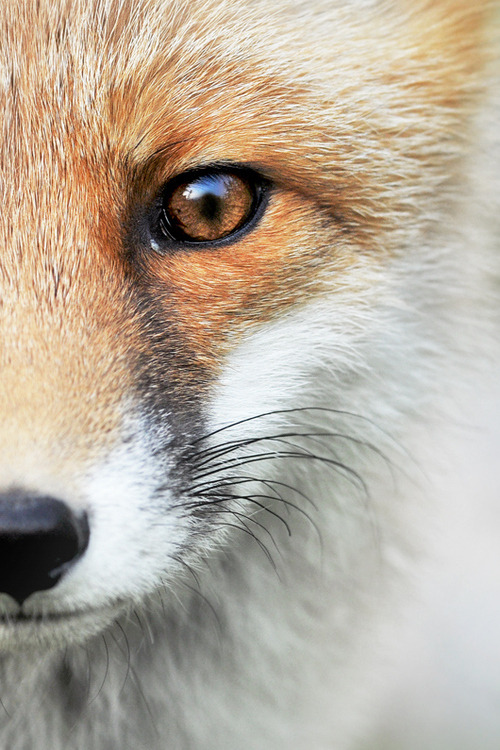

Hundreds of Galaxies, captured by Hubble js
International Space Station
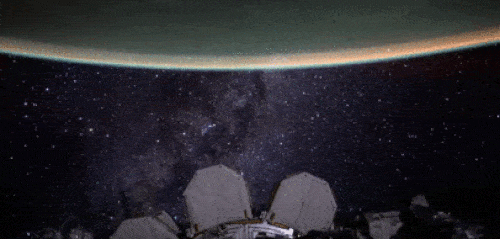
The International Space Station is an important and special place that is built on international cooperation and partnership. The station is a convergence of science, technology and human innovation that benefits and advances our global community here on Earth.

While the space station is an important aspect of our low-Earth orbit exploration, it is also the key to our next giant leap to deep space and our Journey to Mars. For example, our recent VEGGIE experiment aboard the space station is a critical aspect of long-duration exploration missions farther into the solar system. Food grown in space will be a resource for crew members that can provide them will essential vitamins and nutrients that will help enable deep space pioneering.
Another important experiment underway is the Twins Study that involves twin astronauts Scott and Mark Kelly. These investigations will provide insight into the subtle effects and changes that may occur in spaceflight as compared to Earth by studying two individuals who have the same genetics, but are in different environments for one year. You can follow Scott Kelly as he spends a year in space.
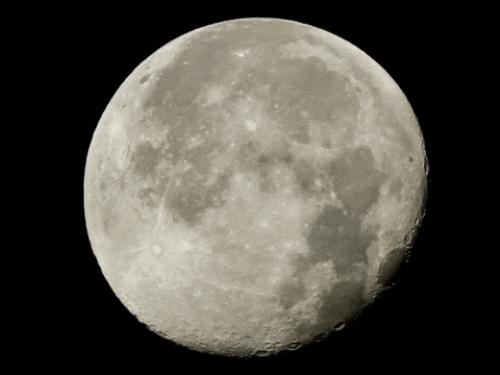
The space station is the second brightest object in the sky (after the moon, of course), and you don’t even need a telescope to see it! We can even tell you exactly when and where to look up to Spot the Station in your area!
So, as you look to spot the station in the sky, remember that even though it may look small from Earth, the crew onboard (and at home) are making contributions to international partnerships and global research.
New Video! What is an Elliptical Galaxy?
Follow Evanthorizon for more astronomy posts!

Jump With Feeling!

This Week’s Astronomy News:
48 Galaxies Found: http://ift.tt/1NSd8Rk How Galaxies Evolve: http://ift.tt/1JwtT1n Alien Life: http://ift.tt/1JwtRqe Dark Energy: http://ift.tt/1NSd6ZJ Black Hole: http://ift.tt/1NSd6ZL Twin Jet: http://ift.tt/1NSd8Rn
-
 thefuckword-deactivated1637 liked this · 6 years ago
thefuckword-deactivated1637 liked this · 6 years ago -
 kaleka0 reblogged this · 6 years ago
kaleka0 reblogged this · 6 years ago -
 kaleka0 liked this · 6 years ago
kaleka0 liked this · 6 years ago -
 space-m17-blog reblogged this · 9 years ago
space-m17-blog reblogged this · 9 years ago -
 paradoxfox-blog liked this · 9 years ago
paradoxfox-blog liked this · 9 years ago -
 charcoal-on-my-forehead-blog liked this · 10 years ago
charcoal-on-my-forehead-blog liked this · 10 years ago -
 the-beauty-of-space reblogged this · 10 years ago
the-beauty-of-space reblogged this · 10 years ago
I love space. I've been to space camp in Huntsville Alabama and I am planning on going every summer. I look forward to be an astronaut for nasa on the sls that is planned to be launched 2018. And the manned mission 2030. So yeah I won't let anything get in my way.
138 posts